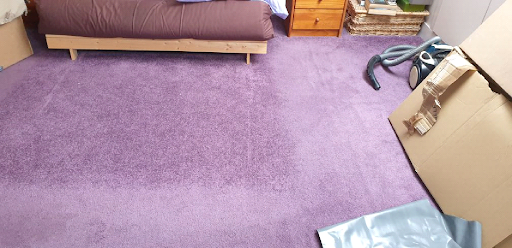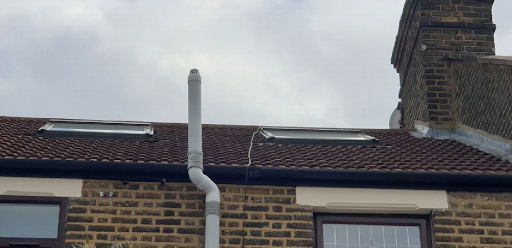The property is a mid-terrace house, and the loft has been converted into an accommodation space. The roof structure has been altered by removing timber supports to make space, fixing a skylight for ventilation and bringing light, and the ceiling structure was also altered to fix a staircase for accessing the loft. All these appear to have been done without the approval of the building control.

The roof structure alterations have been made by removing timber supports underneath the purlins, which support the roof structure. The only supports were two walls installed parallel to each other underneath the roof slopes to form the room. The roof slope also has been cut out to accommodate the skylight. The floor appears to be weak, which is an indication that no additional strengthening has been made. The floor was not designed originally to take any extra weight but rather for light storage items for a loft space. A contractor has probably just boarded this without knowing the risk that it may cause. A lack of adequate strengthening could cause the roof structure and floor to collapse, which would result in causing a distortion of the structure and a hazard of causing a serious or even fatal injury.
Since the loft has been converted, creating a second-floor level, a protected fire escape route should be installed from the second floor to the exit on the outside. This is to allow a safe escape route in the vent of fire. All the doors leading into this route should be a fire door with hardwired alarms fixed on each floor to alert anybody on each floor level to be aware of the fire and to make their way to the escape route so that to get out as quickly as possible. At present, all the doors are non-compliant without the hardwired alarm. This is a health and safety risk when a fire breaks out. Any resident on the property could get trapped and panic, which could cause suffocation due to the fumes and end up not making their way out. These are very common defects in loft conversion, where people do not realise their life is in danger.

The right way to do a conversion is to hire a professional to design the loft conversion properly by considering that all the requirements comply with current building regulations. Then by submitting a set of plans to the Local Authority for approval. Once the approval has been obtained, the professional should provide a specification to give to the contractor. So that to ensure the work is done to the right standard, with the document type of material used to comply with building regulations. The professional should also regularly supervise the work at different stages of the construction phase. In the end, the professional must sign a completion certificate that the execution works are safe and comply with building regulations.



